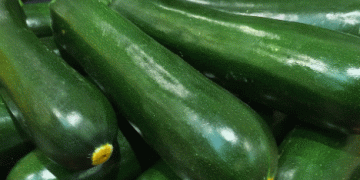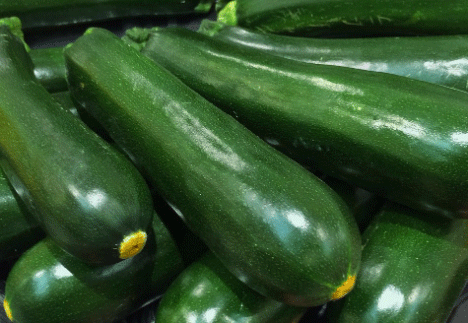The zucchini market in Almería, Spain, a region known for its agricultural productivity, has seen a season of mixed results. According to Coexphal data, zucchini sales in the 2022/23 season increased by 8% over the previous year, marking two consecutive positive seasons. However, this volume increase was offset by a significant 19% drop in average prices, leading to a 13% decline in overall revenue. Despite these challenges, zucchini remains a cornerstone of Almería’s vegetable production, consistently contributing to the province’s economy.
A Season of Market Volatility
The season began with unusually low prices, which steadily rose until peaking in December. From February to June, however, prices plummeted and remained low, creating instability for farmers. This pattern reflects the unpredictable nature of the zucchini market, where weather conditions, supply chain disruptions, and fluctuating demand contribute to price volatility. Almería farmers, who produce the majority of Spain’s zucchini, were especially affected by these shifts.
Almería’s Dominant Role in European Zucchini Supply
Spain is the largest supplier of zucchini to the European Union, covering 63% of total demand. Within this, Almería plays a crucial role, accounting for 90% of Spain’s zucchini exports. During the 2022/23 season, Almería exported 257,152 tons of zucchini, valued at over €314 million, primarily to Germany, France, the Netherlands, and the UK.
Germany is the largest importer of Almería’s zucchini, purchasing 30% of the total export volume in the 2022/23 season. France followed closely with 26%, while the Netherlands and the UK accounted for 13% and 12%, respectively. In contrast, domestic consumption of zucchini in Spain has been declining, with the per capita intake dropping from 4.55 kg in 2020 to just 3.35 kg in 2022. This trend signals a potential shift in demand dynamics within Spain, even as the country remains a major exporter.
Production and Economic Impact
Zucchini ranks fourth in terms of area, production, and value within Almería’s vegetable industry. The 2022/23 season saw a slight decline in production compared to the record-breaking 2020/21 season. Total zucchini output dropped from 486.2 million kg in 2020/21 to 420.9 million kg in 2022/23, a reduction of 65.3 million kg. While production volume decreased, the value of zucchini also took a significant hit, falling from €367.4 million in 2021/22 to €282 million in 2022/23.
These numbers underscore the vulnerability of the zucchini market to price fluctuations. Despite producing high volumes, Almería farmers are seeing lower returns due to falling prices and increased competition. This situation raises concerns about the long-term sustainability of zucchini production in the region.
Future Outlook and Challenges
Almería’s zucchini industry faces multiple challenges moving forward. With declining domestic consumption and fluctuating export prices, growers must focus on improving efficiency and exploring new markets. Additionally, the reduction in zucchini prices, especially from February to June, highlights the need for better supply chain management and potential diversification of crops to mitigate risks.
The ongoing participation of Spanish ports, such as the Port of Algeciras, in international trade events like SMM Hamburg also indicates a commitment to strengthening export routes and logistics. Improved infrastructure and market access could help stabilize the zucchini market by ensuring timely exports and reducing excess supply during peak production periods.
While Almería’s zucchini sector continues to thrive in terms of production volume, the market’s volatility poses challenges for farmers. The decline in prices, despite increased sales, highlights the need for more stable pricing mechanisms and diversified markets. With Germany and other European nations remaining key buyers, Almería’s future success will depend on its ability to adapt to market changes, optimize production, and enhance supply chain resilience.































